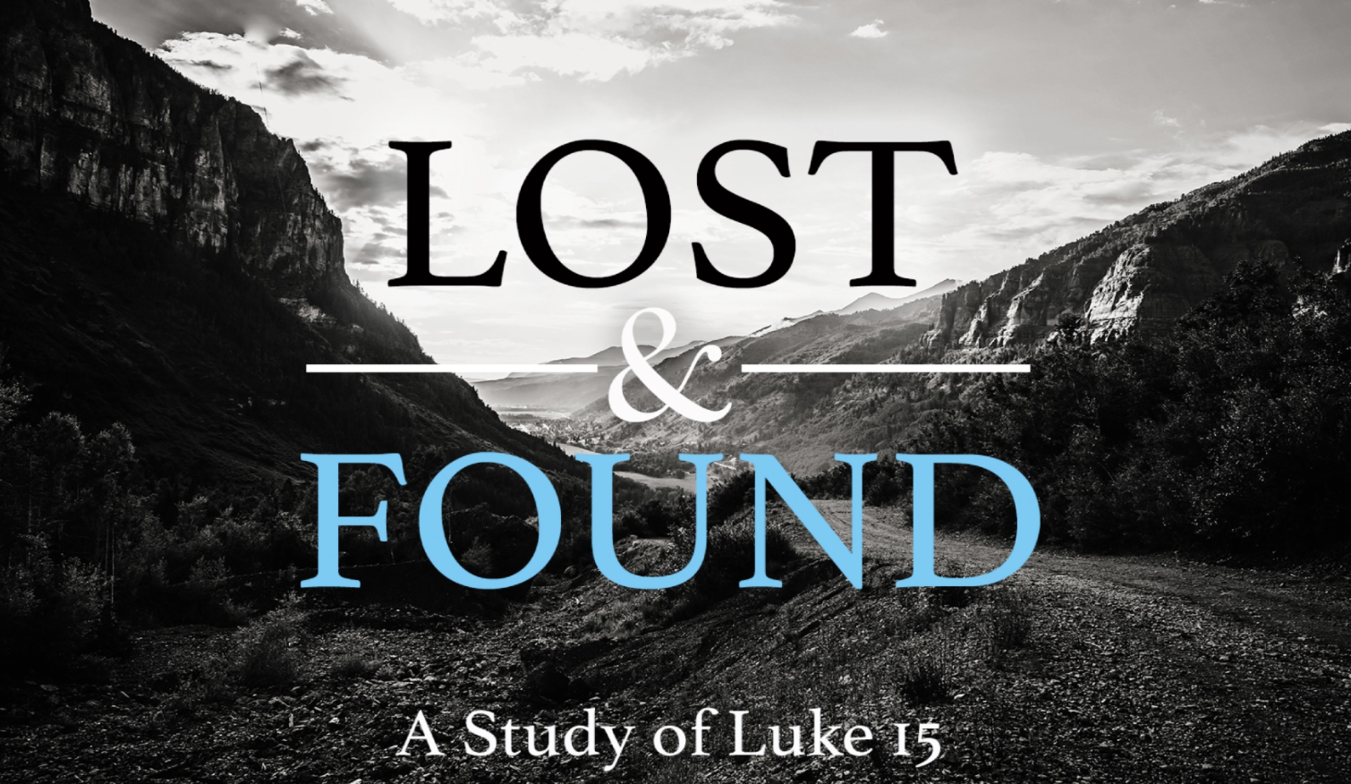
Jesus had not always used parables, but when the Pharisees and religious leaders grew in opposition to Him, he would begin using parables to prick the hearts of his listeners by telling stories filled with rich symbolism that pointed divine truth. On this occasion in Luke 15, all types of people were drawing near to Jesus and these teachings filled sinners with hope, but triggered the Pharisees to complain.
This set of parables illustrate a very simple truth that Jesus wanted to get across: Sinners are valuable to God, and when lost, there is hope that they will be found, and when found there will be great celebration. In these three short stories, Jesus explains the entire reason why He lived, died, and rose again. The reason for the incarnation, the virgin birth, the miracles and the teachings is that Christ Jesus came into the world to save sinners (1 Timothy 1:15). He came to seek and save those who are lost. (Luke 19:10).
These three parables point toward three different types of sinners. The sheep are lost due to vulnerability, the coin is lost due to someone else’s irresponsibility, and the prodigal son is lost due to his own willful individuality.
THE SHEEP (v.4-7) There are people who have wandered from God’s best and have moved past the fences of God’s pasture not necessarily because of a willful decision, but because they were so vulnerable and ignorant to the circumstances around them. Every person is born on the wrong side of the tracks, with a disposition and a vulnerability to the depravity of this world. Sin has a gravity that can pull people away from the straight and narrow; often times this type of sinner wanders and just needs the gentle arms of the Good Shepherd to pick them up, carry their burden and bring them back into the safety of the sheepfold.
THE COIN (v. 8-10) The coin represents the sinner and because of the woman, it has been lost. The point here is that this coin was lost due to someone else’s irresponsibility. It represents the sinner who has been rejected, marginalized, abused and have lost their sense of worth and value, needing to be redeemed. The woman lights the lamp, sweeps the house and searches diligently until she finds it. This woman symbolizes the church, who need to light up the darkness in our homes, neighborhoods and cities, sweeping, and looking for the value in those who have been abused and marginalized. The church needs to search.
THE SON (v. 11-32) This son was impatient, indifferent, indulgent and independent. Looking for self-discovery he ended up being self-deceived. This illustrates the person who willfully on their own volition walks away from the goodness of their Heavenly Father. Oftentimes ending up with finding themselves in a crisis, at the end of themselves and now has no where to turn but to run back to the Father.
It’s important to note that the Shepherd goes after the sheep, the woman searches for the coin, but the Father waits patiently for the son to return. This is the picture of a loving God who will not force His will on anyone, He waits with anticipation and patience for every sinner to repent and turn back based upon their own desire and choosing.
So what’s our response to these stories? If you’ve wandered from the sheepfold, you feel lost, rejected or abused, repent and turn back towards God. If you’re like the elder brother in the last story, and are resentful of the prodigal’s return, choose to Rejoice with God when sinners repent instead of being cynical or critical. Lastly, I’m sure you know someone who fits one of these categories, search with hope today. The Sheep was found, the coin was found, and the Lost Son was found. In every story, that which was lost was eventually found. There is hope. Search with your arms available to carry someone’s burdens, search with the lamp of your eyes to light up the darkness around you, and wait patiently with anticipation that your lost loved one will soon return home!
